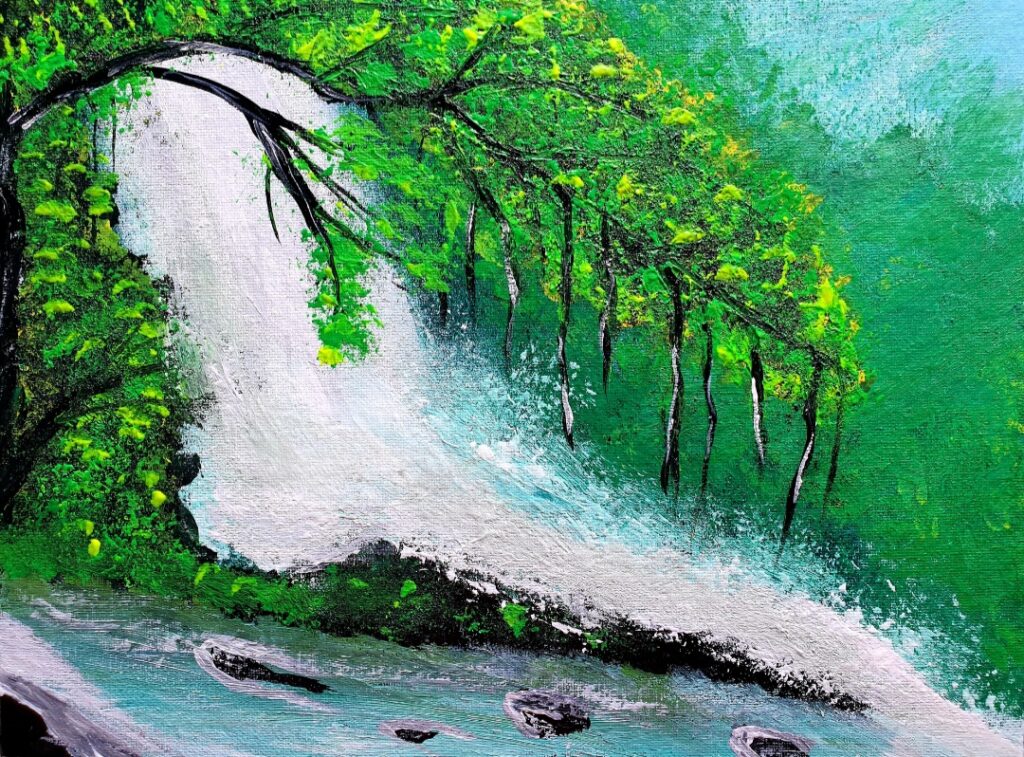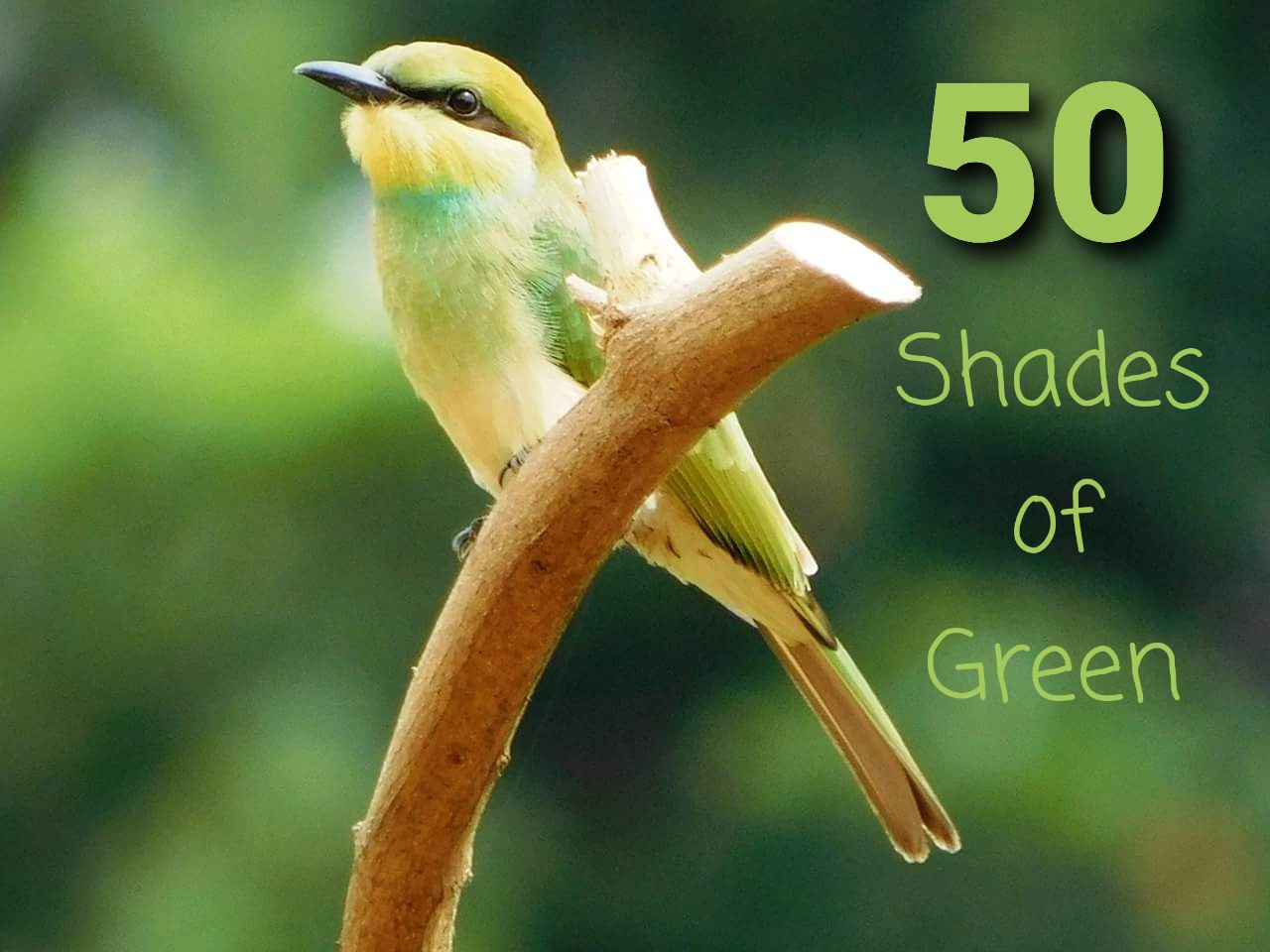Green has become an overarching theme for everything, from buildings to diapers. But how ‘green’ is your green?
“What are the challenges of going green?” The moderator posed the query to me at a panel discussion recently. Ostensibly, as someone who has been a consultant for many companies around sustainability, this was not an unusual question. But my response seemed to catch him by surprise as I asked back, “which shade of green are we talking about?”
Over the past decade or so, the hues of green are used as per convenience. There are now many shades of green, just like they are literally when we speak of colour – say you have light green, dark green, deep green, jungle green, army green, tea green, jade green, olive green and whatnot. As a resultant, we have many green prefixed things around us — green buildings, green packaging, green products, green finance, green bonds, green chemistry, green energy, green materials etc. Let’s paint everything green, which seems to be the motif.
Amid the professed greening, the definition of sustainability is also changing. In the face of complexity around sustainability, the growing interaction between environment, economic and social factors, certain greening attitudes discount sustainability. The contrary is also true when it comes to inaction, showing reasons of sustainability to not do the required in the environmental dimension. The hype created around greening and the focus on marketing using green to justify business as usual practices has also given rise to the term “greenwashing”. Washing was supposed to make objects clean, but it is a pejorative term used to identify the misuse of green.
Although I get the green colour’s association to represent the environment, the colour gives a feeling of abundance and serenity. A green room is a calm environment where you compose your thoughts before going on stage. Yet, at present to a great extent, green is used commercially and cosmetically. I see the infrastructure projects created by destroying the natural habitat of the place and then creating a landscape with wall garden and roof garden and dubbing it green. Like the famous book 50 shades of Grey, which presented a flawed version of love and romance, the shades of green in the sustainability space are a sadistic show of dominance by humanity on the environment.
The inclusion of gas and nuclear and labelling them green under the EU sustainable finance taxonomy is a classic example of this greening. The Russian invasion of Ukraine and EU policy to de-risk itself from Russian Oil and Gas will also require new investments in Oil and Gas, bringing new shades of green into play. The diluted green pursuit of Blackrock in recent times to support to oil and gas industry is another example of changing shades of green. Closer to home, the changes to the environmental protection rules reflect changing shades of green over the years.

As someone who dabbles in painting, I am deeply interested in colours and how they are created. There are two types of colour systems known as primary colour system: additive and subtractive. In the tech world of TV screens and computers, the colour system is RGB (Red, Green, Blue). But in the material world, the primary colour system is RYB (Red, Yellow, Blue).
Green is not a primary colour unless an external light source is illuminating (additive). In a world where light reflects from objects (subtractive), green is a combination of blue and yellow. When it is a combination of Blue and Yellow, you can create different shades of green. Consider yellow as the human race and blue as the rest of the ecosystem, you can create the shade that suits you, but the question is whether that convenient shade will create a sustainable future. The light that we need to keep green as the primary colour is our consciousness to stay true to that definition of sustainable development. “Development that meets the needs of the present without compromising the ability of future generation to meet their needs”.
We need to keep green as a primary colour, and that requires effort. The governance and business models need to keep green as a primary colour and not approach green as a mix to suit their convenience. Does it sound too polarised? It should; because, at present, there are only two directions, sustain or perish.
The human race wants to believe that it is the dominant one, in control of its destiny, but actually, it is the victim in the new 50 shades of green—saying that I am also becoming an advocate of anthropocentrism. I know it is not environmentally ethical to have that human-centric logic. But, unless you make people realize that nature is a life support system for humans, it does not create the desired impact. I also believe that self-love is a good starting point to loving all around you.
So next time you use the term “green”, please ask yourself whether you are creating a convenient shade of green or referring to green as a primary colour.
